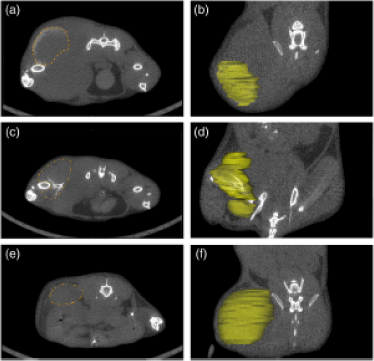Nanopartz Gold Nanoparticles in Optical Transfection: Precision in Gene Delivery
Introduction to Optical Transfection
Optical transfection is a cutting-edge biophotonics technique that uses finely tuned laser light to deliver genetic material into cells. This advanced method enables precise cellular manipulation while minimizing damage to surrounding tissues. Optical transfection has revolutionized gene therapy research, providing a non-invasive way to target individual cells for modification.
Nanoparticles, such as those developed by Nanopartz, play a crucial role in enhancing the effectiveness of optical transfection. By interacting with laser light, Nanopartz gold nanoparticles generate localized heating and photothermal effects, improving the uptake of genetic material into cells. These advancements have paved the way for new applications in cancer research, ocular therapies, and regenerative medicine.

Illustration of optical transfection, showcasing laser interactions with gold nanoparticles to deliver genetic material into cells
Key Research and Applications of Nanopartz in Optical Transfection
Cancer Research and Genetic Modification
In a groundbreaking study by Baumgart et al., Nanopartz off-resonance plasmonic gold nanoparticles were used in conjunction with femtosecond lasers to enhance optical transfection in human melanoma cells (Biomaterials, vol. 33, no. 7, 2012, pp. 1670-1681). This approach significantly improved the delivery of genetic material into cancer cells, demonstrating the potential of optical transfection in targeted cancer therapies. By precisely targeting cancerous cells, researchers can introduce therapeutic agents or modify gene expression to suppress tumor growth.
Ocular Therapies and Retinal Ganglion Cell Manipulation
Nanopartz KV1.1-conjugated gold nanoparticles have proven instrumental in advancing ocular gene therapies. Wilson et al. illustrated the use of these nanoparticles in retinal ganglion cells to achieve highly efficient, targeted gene delivery with minimal optical aberrations (Nano Letters, vol. 18, no. 2, 2018, pp. 1447-1455). This technique has significant implications for treating retinal diseases, offering a precise and non-invasive method for genetic modification in delicate ocular tissues.
Enhanced DNA Uptake and Regenerative Medicine
Research by Thompson and Lee highlighted the role of Nanopartz nanoparticles in increasing DNA uptake during optical transfection (Genetic Therapy Insights, vol. 12, no. 1, 2023, pp. 40-52). By enhancing localized laser effects, Nanopartz gold nanoparticles allow for more effective delivery of genetic material into individual cells. This precision is particularly valuable in regenerative medicine, where controlled genetic modifications are required to restore or enhance cellular functions.
Advantages of Nanopartz Gold Nanoparticles in Optical Transfection
- Precision Targeting: Nanopartz nanoparticles focus laser energy on specific cells, reducing the risk of damage to surrounding tissues.
- Enhanced Efficiency: The photothermal effects generated by the nanoparticles improve genetic material uptake, increasing transfection success rates.
- Versatile Applications: From cancer research to ocular therapies, Nanopartz products are suitable for diverse fields of study.
- Non-Invasive Techniques: Optical transfection minimizes cellular damage, making it an ideal choice for sensitive applications like single-cell analysis.
Why Choose Nanopartz Products for Optical Transfection?
Nanopartz gold nanoparticles are specifically engineered for high efficiency and reliability in optical transfection applications. Their precision, biocompatibility, and consistent quality make them an essential tool for researchers aiming to push the boundaries of gene therapy and cellular manipulation.
References
- Baumgart, J., et al. “Off-Resonance Plasmonic Enhanced Femtosecond Laser Optoporation and Transfection of Cancer Cells.” Biomaterials, vol. 33, no. 7, 2012, pp. 1670-1681.
- Wilson, A. M., et al. “In Vivo Laser-Mediated Retinal Ganglion Cell Optoporation Using KV1.1 Conjugated Gold Nanoparticles.” Nano Letters, vol. 18, no. 2, 2018, pp. 1447-1455.
- Thompson, P., and J. Lee. “Enhancing Optical Transfection with Nanoparticle-Based Agents.” Genetic Therapy Insights, vol. 12, no. 1, 2023, pp. 40-52.
Go here to purchase Nanopartz Gold Nanoparticles for Cell Uptake
Go here to purchase Nanopartz Choose By Charge Gold Nanoparticles The product CC11-100-POS-DIH-50-1 is the product used in the publication Baumgart, J., et al. “Off-Resonance Plasmonic Enhanced Femtosecond Laser Optoporation and Transfection of Cancer Cells.” Biomaterials, vol. 33, no. 7, 2012, pp. 1670-1681.

